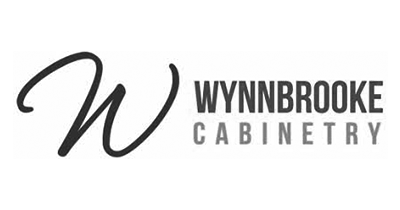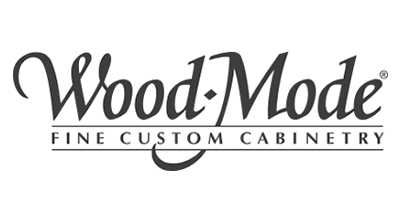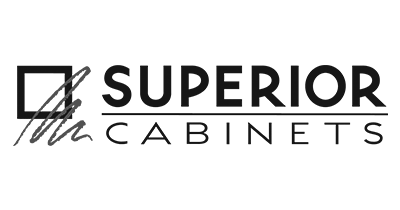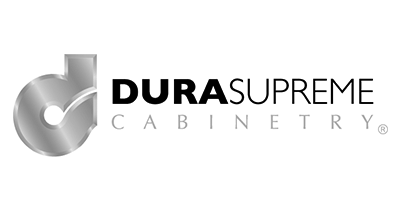Blog

Refacing kitchen cabinets can be a cost-effective and eco-friendly solution to update your kitchen’s look. However, it is important to weigh the pros and cons.
What is Cabinet Refacing?
Cabinet refacing consists of two key components: one, installation of new drawer fronts and cabinet doors; two, veneering of the cabinet boxes. In addition, new cabinet hardware is typically installed.
The insides of the cabinets remain the same. The main difference between cabinet replacement and cabinet refacing is that refaced cabinets have a look that is new, but the cabinet boxes, and therefore the entire cabinet layout, are not new.
Pros of Refacing Kitchen Cabinets
Less expensive, time-consuming, and disruptive.
The primary benefit of refacing kitchen cabinets is that it can be done quickly, cost-effectively, and with minimal disruption to the kitchen. Refacing an existing kitchen cabinet often takes less time than installing an entirely new set of cabinets because all the existing cabinet boxes remain in place. This saves on labor costs and also limits the amount of construction dust and debris that needs to be cleaned up.
A wide variety of styles.
Another benefit of cabinet refacing is that it allows homeowners to choose from a wide variety of styles and finishes. Whether you’re looking for a classical look or something more modern, you can find options to suit your needs. This flexibility also means that you can make sure your cabinets match the rest of the kitchen’s decor, making for a cohesive and attractive finish.
Added home value.
Refacing your kitchen cabinets is a great way to increase the value of your home. Refacing cabinets can even make an older kitchen look brand new and modern, appealing to potential buyers if you’re planning on selling your house in the near future. Furthermore, it’s possible to recoup some of the costs of refacing kitchen cabinets when you eventually sell your home.
Cons of Refacing Kitchen Cabinets
Limited structural changes.
The main downside of cabinet refacing is that it only offers limited structural changes. If you’re looking to make major adjustments to your kitchen layout‒such as adding an extra cabinet or two, relocating the sink, or installing a kitchen island‒you’ll need to go with a full cabinet replacement.
Cost.
Though cheaper than a full cabinet replacement, refacing kitchen cabinets can still be pricey. The cost of materials and labor can quickly add up, making it important to research your options and get quotes from multiple contractors before you commit to anything.
Durability.
Cabinet refacing is considered to be less durable than a full replacement, as it does not replace the entire structure of the cabinets. Over time, cabinet frames can become worn or damaged; if that happens, you may need to replace them anyway. This is why it’s important to choose high-quality materials and make sure that all parts are properly installed by experienced professionals.
Refacing kitchen cabinets is a great way to save time, money, and hassle when remodeling your kitchen. It offers an excellent selection of styles and colors, as well as the potential to add value to your home when you eventually sell it. However, cabinet refacing does not allow for major structural changes and can be expensive. Be sure to do your research before deciding whether or not refacing is the best option for your kitchen.
Since 1983, Caruso Kitchen Designs has been providing award winning custom kitchens, bathrooms and cabinetry that fit our customers’ unique life and style. Our skillful designers will put their 150 years of combined experience to work helping you create the kitchen of your dreams.
We proudly serve the entire Denver Metro Area and Front Range and Front Range from our main office in Lakewood, Colorado. To schedule a no-obligation appointment, contact us today.










